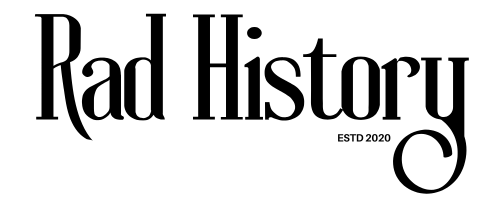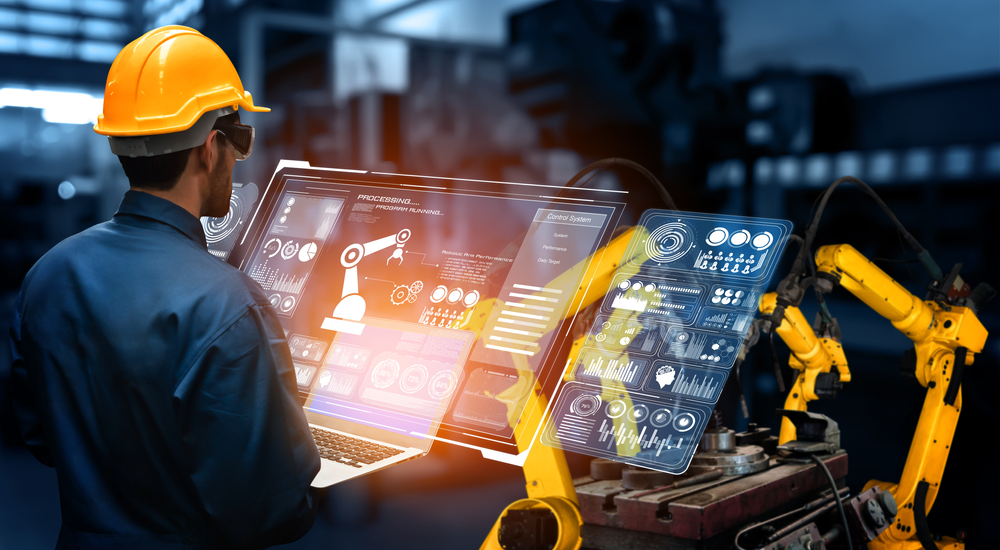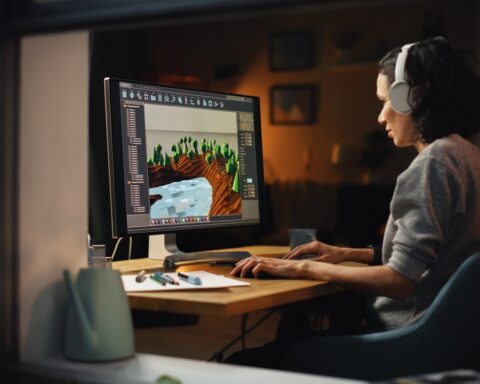It would be almost impossible to avoid the implementation of AI into our culture at this point. There are numerous applications that have been explored from the processing of scientific data to customer service systems and many more. But, despite the hype this doesn’t mean that AI is going to remove the human workforce entirely. There are many jobs that an AI cannot replace and some where it will become a tool for human workers. So, it is important to look at how jobs have evolved in the past, how they overcame technological advances and AI resilient careers that you may wish to explore now or in the near future.
How Jobs Survived Previous Technological Revolutions
At the moment, AI has emerged as the fresh “threat” to human jobs, but it’s not the first challenge that has needed to be overcome. In fact, we can see numerous points throughout history where the introduction of new technology became a concern for the workforce. Let’s take a look at several key periods, the technological innovations and the resilient occupations that survived and even thrived at those times.
The Industrial Revolution (late 1700s-mid 1800s)
During this period, the key technological innovations were steam engines, railroads, telegraph communications, and mechanized textile production tools. At the time, the most resilient occupations turned out to be blacksmiths, doctors, carpenters, teachers, and engineers.
- Blacksmiths: These workers became machinists, metalworkers and mechanics.
- Doctors: There were advances in medical procedures and sanitation, but human-centric care was still vital for the growing population.
- Carpenters: They adopted the use of machine tools for fabrication and building.
- Teachers: The urban population expanded significantly and teachers were in high demand.
- Engineers: The growing population centers needed skilled engineers to build the required infrastructure.
These roles survived because they relied on human connections, manual skills, or judgement. They adapted to work with the latest technology, such as steam-powered machinery, new tools, and methodologies that were needed to support society.
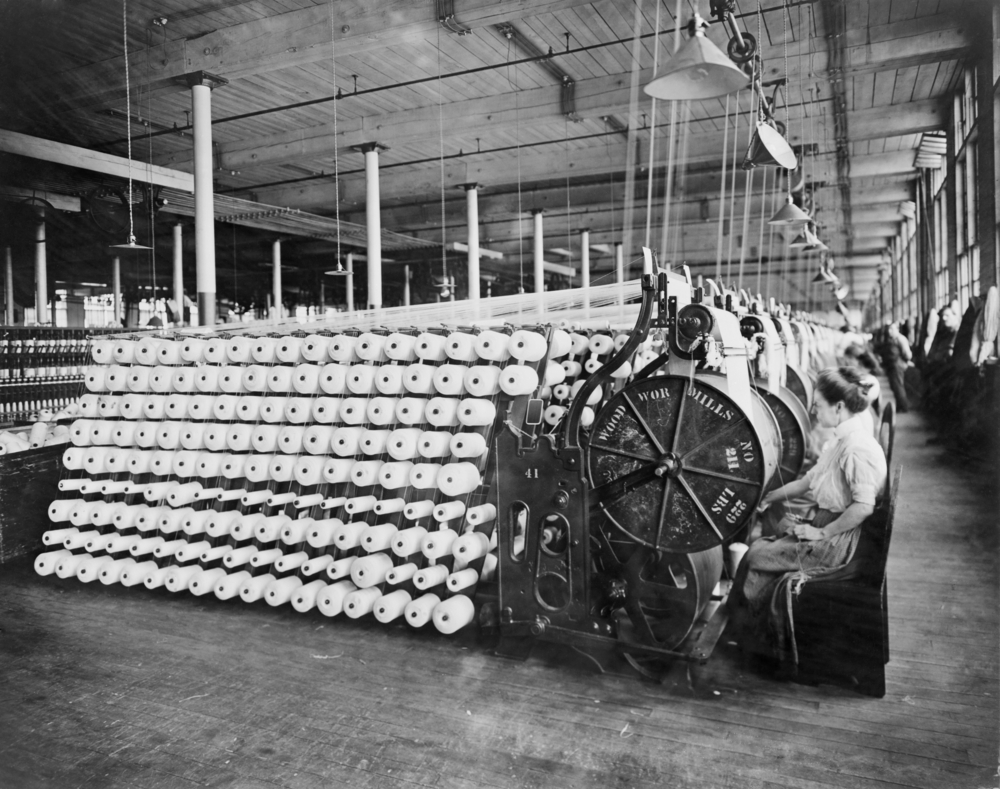
The Second Industrial Revolution (late 1800s-early 1900s)
At this time, the key technologies introduced to the population were the telephone, electricity and lighting, the internal combustion engine, and mass production. The most resilient occupations were medical professional, academia, building and plumbing, and electrical engineering and electrical work.
- Medical Professionals: Many medical advances were implemented to improve patient care, but they couldn’t replace the need for skilled practitioners.
- Academics: The technological advances couldn’t be maintained without academics and educators to train a workforce that needed to become literate and competent.
- Builders and Plumbers: The push for increased urbanization significantly increased the demand for builders and plumbers to establish and maintain the infrastructure.
- Electrical Engineers and Electricians: As the use of electricity spread to homes and lighting became prevalent there was a high demand for these roles.
These jobs emerged and survived because they relied on specialized expertise and human oversight to manage the new complex systems. There was a desperate need for hands-on specialists that could handle installation and maintenance tasks.
Mid-20th Century Automation and the Computing Revolution (1940s-1980s)
During the postwar period, several key technologies became prevalent, such as mass media and television, personal computers, mainframes, and factory automation. At this time, the most resilient careers included teaching, sales professionals, healthcare work, creative professionals, and technicians.
- Teachers: The increasingly technical nature of modern societies required a highly educated workforce.
- Sales Professionals: The establishment and retention of customer relationships became essential in an increasingly competitive world.
- Healthcare Workers: The introduction of new diagnostic tools and enhanced care strategies were reliant on workers that could use them effectively and efficiently.
- Creative Professionals: First radio, then television and other mass media formats were reliant on creative professionals to craft their content for their audiences.
- Technicians: The adoption of computers and programmed machines to run systems increased the need for skilled technicians and engineers.
These roles prospered because they required human judgement and they were relevant to the new cultural and technological applications.
The Digital and Internet Era (1980s-Now)
The key technologies up to and including the present day are the internet, mobile devices, personal computers, early AI and automation, and cloud computing. This era is still in flux, but at this time the most resilient roles, include software developers, legal professionals, healthcare professionals, teachers, creative professionals, and skilled trades.
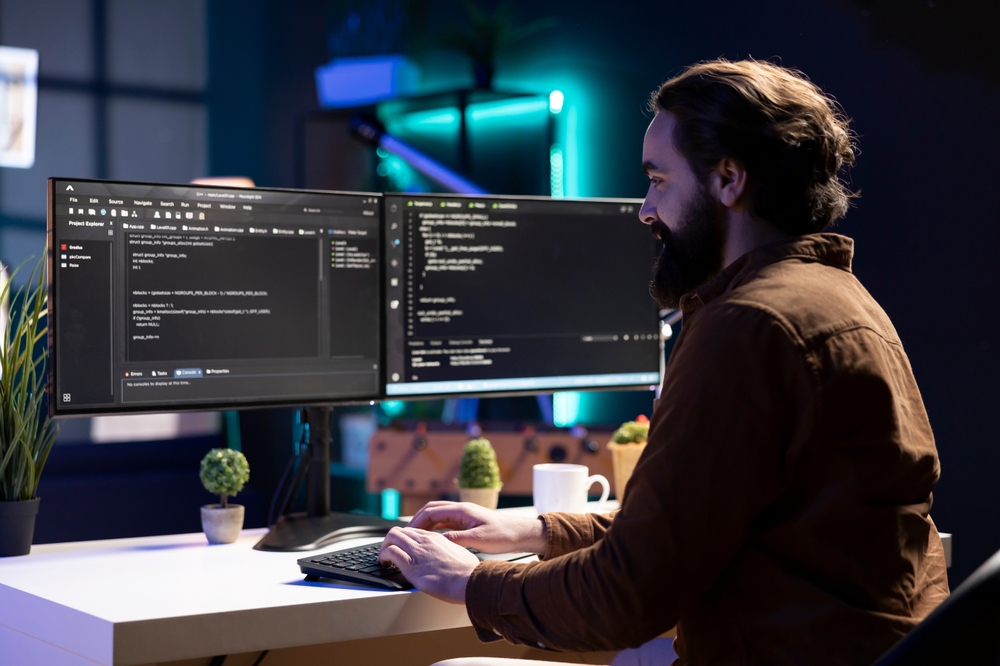
- Software Developers: These professionals are still needed to create and run the digital infrastructure that we rely on.
- Legal Professionals: There is a need for negotiation, litigation and interpretation that an AI simply cannot replicate at this time.
- Healthcare Professionals: Although digital tools can augment diagnosis and care they cannot implement it for the patient.
- Teachers: Teachers and instructors are vital to help people learn these rapid technological advances.
- Creative Professionals: The demand for good digital content has never been higher.
- Skilled Trades: For the foreseeable future it’s highly unlikely that AI could carry out installation or repair work to any acceptable standard.
To thrive in this era, those roles that utilize human creativity and expertise are more likely to succeed. Certain skills cannot be digitized, such as empathy, installing physical systems, and making physical repairs.
What Does This Mean?
We’ve just taken a brief 250 year tour through four distinct stages of history when technological advances were concerning for the population. When we review this material, we can see that there are common characteristics in the occupations that tend to thrive during these pivotal times human empathy, creativity, cultural awareness, physical skill, judgement, and adaptation to the new tools.
10 AI Resistant Jobs to Explore in 2025
Before we begin, it’s important to emphasize that the roles below are likely to be AI resistant for some time to come. But, this is no excuse to avoid learning about AI because AI-powered tools are likely to be implemented in most roles to a greater or lesser extent. To ensure that your skills are relevant, it’s vital to learn new and upcoming AI-tools that may be relevant to your specific field. Now that’s out of the way, let’s look at ten AI resistant jobs for 2025 and beyond.
Healthcare Professionals
The need for skilled doctors, surgeons, nurses, occupational therapists, and other healthcare professionals isn’t going away any time soon. Although AI tools can provide a diagnosis, they are no replacement for human interaction, empathy, and other interpersonal skills required to help patients.

An AI can’t offer mental health support and it may replicate, it can’t have a great bedside manner. But like any industry, healthcare will be affected by generative AI as a tool for care teams. It will be used to organize data sets, transcribe clinician notes, and other tasks to free up time.
Why is this an AI Resistant Career Path?
Nuanced judgement and empathy are vital during a hands-on medical examination when real-time adjustments may be necessary. Patients need compassion, trust, and reassurance that they can only receive from a trained human professional.
Many medical procedures require the ability to improvise and manual dexterity to overcome the unexpected. There are significant ethical, legal and liability issues that would arise if any medical institution tried to give full medical authority to a machine.
Sales and Marketing Professionals
There is an ever present need for business developers, brand strategists, and account managers that isn’t likely to diminish in the years to come. In this role, it’s essential to be creative and understand culture and emotional cues to make sales. Only a human can build lasting trust with clients to ensure that they get the goods and services that they need. Closing a deal relies on excellent negotiation skills that are reliant on intuition and rapport with a potential client.
Why is this Career Path AI Resistant?
Although AI tools are an excellent way to explore analytical data and open up new markets it cannot exploit them to any appreciable degree. Sales and marketing are driven by engagement, human emotions, and culture. Business strategies must be adapted to deal with rapid changes in the marketplace that an AI cannot anticipate without human input.
Teachers and Educators
There is a requirement for professors, K-12 teachers, and special education instructors that can’t be replicated with AI tools. Although AI can be a useful tool for research purposes and a passable language partner and study tool, it’s no replacement for professional instruction.
When we learn from people with specific field experience, we gain insights that AI interactions cannot provide. This is why people don’t tend to learn a topic on a deeper level purely by reading books or watching videos. Humans continue to be a key component in academic research because an AI can only pull its data from an available data set. Educators will use AI to transcribe audio, organize lesson plans, and other tasks that could benefit from repetitive time-saving actions and more.

What Makes Teaching an AI Resistant Career Path?
To teach effectively, the educator needs to make a connection to the student to understand their learning needs and motivations. A teacher can be a mentor, role model, and provide a sense of community for the student. The spontaneous human engagement in a lively classroom cannot be automated with AI tools. It’s human engagement that delivers the optimal learning experience and information delivery alone is insufficient for most students.
Research Scientists
An AI will not be able to replace a chemist, biologist or physicist for the foreseeable future. To make true insights into the physical world, leaps of intuition are required that are not reliant on simple pattern recognition and established data sets.
Experiments involve certain ethical decision making skills and complex setups. The findings may be ambiguous and human interpretation will be needed to make sense of the results. The implementation of AI may be a useful tool for scientists but humans will still make the discoveries.
Why is Scientific Research Resistant to AI?
All scientific research is driven by humans out of curiosity for the physical universe. To make any discovery, there must be the formation of the hypothesis and experiment design to test it. This goes beyond the capabilities of AI, it can be used for data analysis, but it’s a useful tool and no replacement for research scientists.
Psychologists and Counselors
The careers of clinical psychologists, therapists, and social psychologists are not under threat by AI-powered tools. All therapy is based on empathy, trust and a deep understanding of human emotions that AI cannot replicate.
Although some people may feel that they’re making a connection with a chatbot, this is not useful or real in a meaningful sense. Making a diagnosis and treatment plan for a specific person would be far beyond what an AI could achieve and this is unlikely to change any time soon.
Why is this Field Resistant to AI?
Aside from the points covered above it’s important to note that there would be serious confidentiality and ethical issues to consider if therapy was delegated to an AI-powered tool. An AI can be used in a support capacity to track progress, make appointments and more. But, that human connection that’s required in this field cannot be replaced.
Creative Professionals
All creatives need to have the imagination to craft media that people want to appreciate and interact with. So, designers, writers, musicians, photographers, artists, and filmmakers may use AI tools in their work, but they cannot be replaced.
Even those purely working with digital media will need to be creatively engaged to create something that truly stands out from their competition. A simple AI image generator can create beautiful images, but in reality it’s an amalgam of art that already exists. The AI output is determined by algorithms, it’s predictive, and it lacks human creativity. Scientists refer to this as neuroplasticity. This is how the brain forms connections between neurons to communicate between different parts of the brain.
Why Will AI Fail to Replace Creative Professionals?
An authentic human expression cannot be replicated by AI because true creativity requires emotional depth and cultural context. Some creative work is iterative and collaborative which would be hard to simulate. Artistic credibility and intellectual property are connected to human authorship. Although an AI may be useful to generate an idea or form a first draft it can’t replace the human spark present in good art.
Human Resource Specialists
This field relies on the acquisition of employees that involves judgement, negotiation and emotional needs. This is why recruiters, HR managers, and organizational development specialists are unlikely to be replaced by AI tools. There are ethical considerations and the compliance procedures cannot be fully automated. This is a human-centric field where AI tools can help, but real life connections are essential for success.

Why Will the HR Field Remain Resistant to AI?
Both employees and employers continue to value a human touch in sensitive workplace scenarios, such as promotions, disputes, layoffs, miscommunication, and more. To resolve conflicts and foster a positive workplace culture human sensitivity is an essential component.
Cybersecurity Professionals
The risk manager, ethical hacker, and security analyst roles are unlikely to be replaced by AI for the foreseeable future. It’s important to remember that attackers are human, they innovate, and exploit vulnerabilities from a human perspective. AI tools are a poor choice when it comes to dealing with evolving threats that require adaptive thinking. Formulating a response plan will require strategic thinking and there will be legal decisions to make.
Why is Cybersecurity Not at Threat from AI?
To design and maintain a secure system there are trade-offs to assess and implement. Although AI can be used to enhance detection it cannot fully secure a system without input from a trained professional.
Legal Professionals
We will always need lawyers, mediators, and judges to keep our modern society running smoothly. Generative AI can be a good metric of potential business success, but it can’t replace the human leadership qualities and emotional intelligence required to make fair judgments. According to data released by MIT, AI models are far harsher in their judgments than a human.
Why Will an AI Fail to Replace Humans in this Field?
There isn’t sufficient nuance within data sets to navigate the complex terrain where law, business, industry, and other fields converge. The persuasion, presence, and credibility to present a case are all uniquely human qualities. Nuanced argumentation, precedent, ethics, and human motivations cannot be fully automated. So, for the foreseeable future humans will continue to dominate in advocacy, interpretation, judgement, and negotiation.
Skilled Tradespeople
At this time, an AI cannot replace a plumber, electrician, carpenter, mechanic, or AC specialist. A chatbot can offer basic advice on how to install a pipe or fixture, but it can’t offer hands-on problem solving if something goes wrong.
There is a real need for skilled tradespeople with experience in construction, installation, engineering, and related fields. Building and maintaining infrastructure is still heavily reliant on people with relevant skills.
Certain related tasks such as billing, scheduling, and customer support can be automated, but the real work will continue to be done by people.
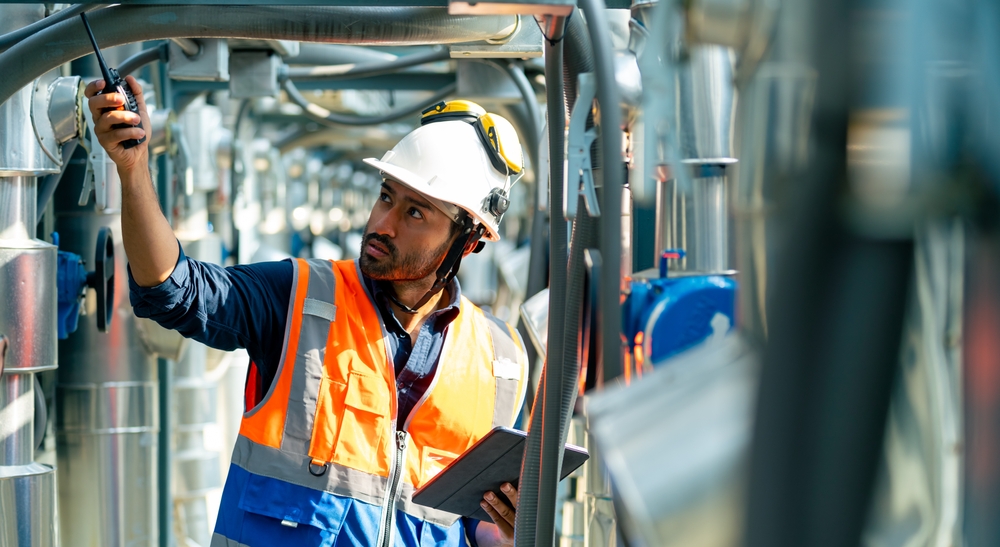
Why are the Trades Resistant to AI?
This field requires on-site problem solving skills, adaption and manual dexterity. At this time there is no robot that can handle the vast array of real world construction and repair environments. The tasks are simply too cost-prohibitive to automate and replicate.
These AI resistant jobs are just the tip of the iceberg, a full list would be far beyond the scope of this article. Some notable examples include: data analysis, management consultants, event planners, social workers and many more. The key takeaway is that there are AI resistant career paths for those that are prepared to make the necessary changes.
